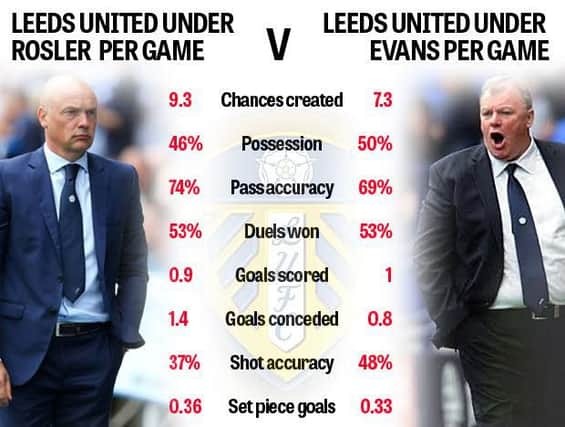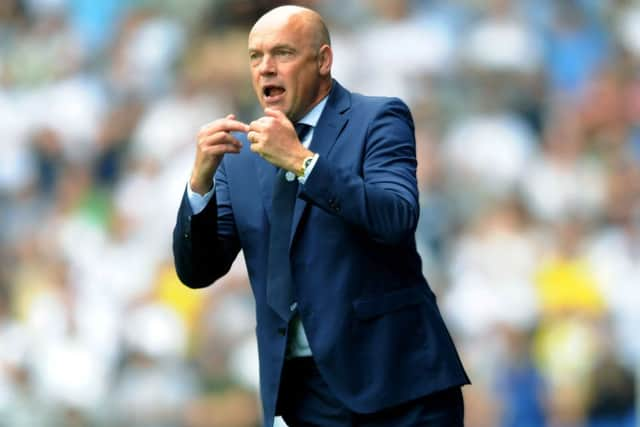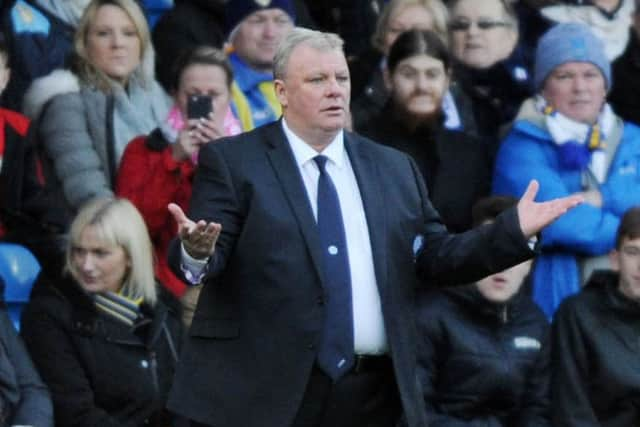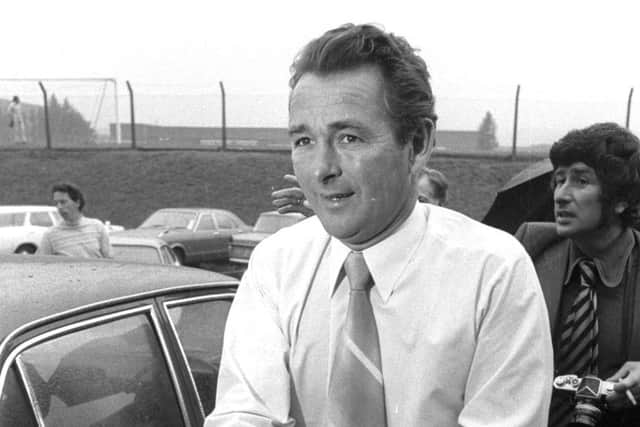How Leeds managers Rosler and Evans stack up statistically


That is a new coach every 100 days, on average.
There have been few who believe that operating in such a manner can be positive for the club, but the figures are underexplored.
The last change saw Uwe Rosler leave and be replaced by Steve Evans. Rosler departed with the fans criticising a perceived negative style.
Advertisement
Hide AdAdvertisement
Hide Ad

While Evans has had slightly better results, there are caveats to that, not least in terms of the quality of opposition faced.
Therefore comparing performances could be a better judgement of whether there is a difference.
Below we compare the statistics:
Steve Evans v Uwe Rosler


There are negligible difference between the two on a performance basis.
While Rosler’s Leeds side created, on average, two more chances per game, at 9.27 compared to 7.33, Evans’ Leeds team enjoy slightly more possession every match, four per cent more.
Advertisement
Hide AdAdvertisement
Hide AdNeither of those figures vary wildly, something that is replicated in the comparable pass accuracy of 74 per cent under Rosler and 69 per cent under Evans.
That similarity is shared in duels won by players, with both coaches seeing 53 per cent won, and goals scored, with a difference of 0.10 goals per game between the two.


Admittedly, Rosler’s defensive record looks slightly weaker in that his side conceded 1.33 goals per game and Evans concede under one, but that figure is slightly skewed by the relative quality of opposition faced. Rosler’s team faced eight teams that currently occupy the top 10, whereas Evans has faced just the one - Cardiff City.
There is one other major improvement to Evans’ name, the team’s shot accuracy improving from 37 per cent to 48 per cent. There might be an explanation behind that in the fact that Evans plays two strikers, a position that simply demands accuracy in front of goal.
Why is this the case?
Advertisement
Hide AdAdvertisement
Hide AdThe similarities should come as no real surprise. After all, despite Evans’ protracted chase of Liam Bridcutt, there have been no additions to the squad.
Even so, as the book Soccernomics explored, a club operating under the same wage budgetary constraints from manager to manager, whether high or low, will likely finish in around the same position. A study carried out on data between 1998 and 2007 showed that the amount spent on salaries by clubs in the Premier League and Championship explained 89 per cent of the variation in league position. Soccernomics concluded that “high wages help a club more than do spectacular transfers”.
The book also explored how new managers tend to come into a club and churn players. That’s generally an inefficient use of money, given that only two managers in English football have been shown to have regularly outperformed the transfer market - Brian Clough and Arsene Wenger.
Few managers or coaches in world football will actively improve a side over the medium term without an increased spend on wages. You could probably count them on one hand, and they are only the elite - the likes of Jurgen Klopp, Jose Mourinho and Pep Guardiola.
Advertisement
Hide AdAdvertisement
Hide AdEven the short term impact of a manager, and the famed ‘new manager bounce’, are hard to quantify. A study in 2011 showed that new managers won 32.6 per cent of their first games in charge, drew 18.6 per cent and lost 48.8 per cent.
It is over the longer term that a coach can have more of an impact, implementing philosophies and ideas and incrementally improving the team.
It is no real surprise to see that eight of the 10 teams in the Championship’s top 10 had their managers in place last season, and the same is the case for all of the teams in the top three. Brighton, who finished 20th last season, stuck with Chris Hughton and are now second.
Conclusions
What this shows is that the current managerial churn at Leeds United will never have the desired effect.
Advertisement
Hide AdAdvertisement
Hide AdThere is enough evidence to suggest that it is far better to stick with a coach and allow him to implement an idea over the long-term, rather than thinking frequent changes will have any sort of impact over either the short or long-term.